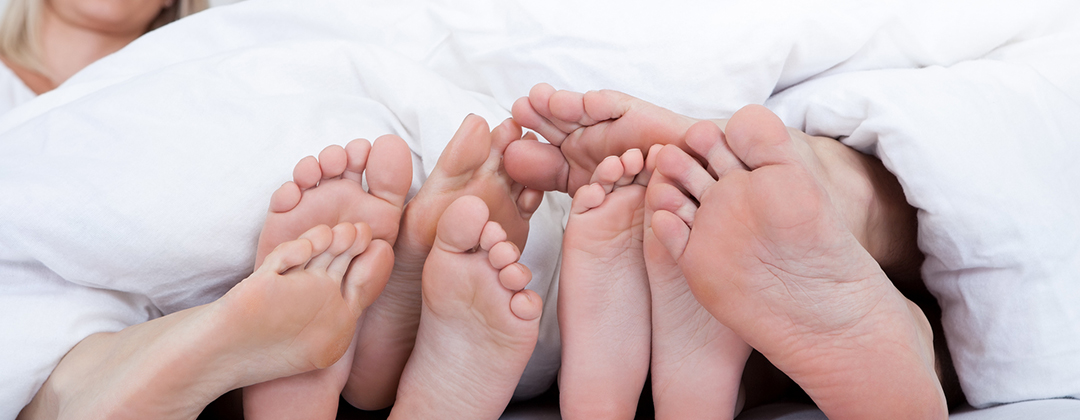Plantar Fasciitis is one of the most common orthopaedic conditions relating to the foot. It is when the thick tissue on the bottom of the foot (plantar fascia) becomes inflamed and irritated at the points of insertion, making it difficult to walk. This is most often the result of repeated episodes of minor but recurring injury, such as with frequent running or long periods of standing. The pain can be located in the heel area of the foot or in the arch. It is often worse in the morning due to stiffness of the tissue, and also becomes worse after long periods of walking. The pain often decreases with rest.
Diagnosis
Your podiatrist with carry out an examination of your foot, during this they will check for tenderness in your foot and the exact location of the pain to make sure that it’s not caused by a different foot problem. The podiatrist will examine how your foot functions and may also ask you to flex your foot while he or she pushes on the plantar fascia to see if the pain gets worse as you flex and better as you point your toe.
Treatment
Initial treatment usually involves heel stretching exercises, night splints or insole (shoe inserts). Anti-inflammatory medications may also be given. Treatment can span several months to two years before symptoms improve. However, most patients will see an improvement within the first couple of months.
If Left Untreated
The plantar fascia will continue to get inflamed and the heel pain will gradually get worse. To avoid pain you may subconsciously alter the way you walk. This could eventually lead to more discomfort and pain and other problems with your foot, leg, hip, or back. Daily activities or sports may become even more limited.
For more medical information click here.
Metatarsalgia
This is a general term used to denote a painful foot condition in the ball of the foot. This is a common foot disorder that can affect the bones and joints at the ball-of-the-foot.
More InformationAchilles Tendonitis
Achilles tendinitis is a common condition that causes pain along the back of the leg near the heel. The Achilles tendon is the largest tendon in the body. It connects your calf muscles to your heel bone and is used when you walk, run, and jump.
More InformationCorns & Callus
When we walk or stand, our body weight is carried first on the heel and then on the ball of the foot, where the skin is thicker to withstand the pressure. When this pressure becomes excessive, some areas of skin thicken in the form of corns and callus.
More Information
